The element sets now found in over half of Australian high schools
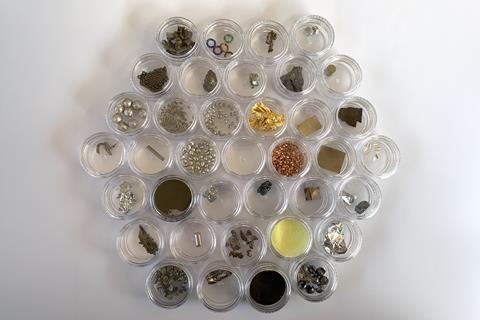
While visiting schools to talk about the elements during the International Year of the Periodic Table in 2019, Stuart Batten started to wish he’d brought along some samples for students to keep. This wish became the kernel of a much bigger idea; to send element kits to high schools across Australia.
Batten – a professor of chemistry at Monash University in Melbourne – was drawn to a different approach to chemistry outreach that was intentionally inclusive of schools in regional, rural and remote areas of Australia.
‘I grew up in a farm in Country Victoria, so I’m very conscious that many of the outreach things we do are a certain radius from the university or the institution,’ says Batten.
He also thought that sharing samples of the elements would help to make chemistry more relatable, particularly for students who respond better to learning through observing physical objects, and to provide a focal point for teachers to build their lessons around.
‘Seeing a physical object makes it much more immediate and real and concrete rather than a picture in a book or on a website,’ says Batten. ‘Seeing a piece of gold, or a piece of something exotic that they’ve never heard of, like holmium or molybdenum … it makes it less abstract.’
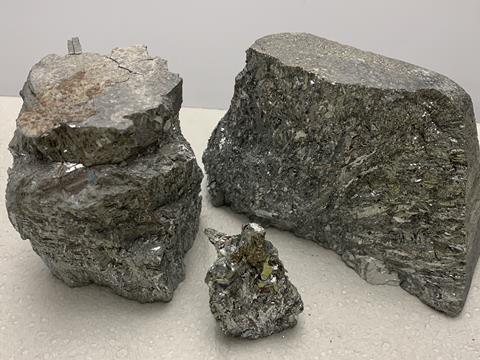
And so, with help from colleagues and students, Batten set himself the challenge of providing as many schools as possible with free Element Sets. Costs were kept low thanks to donations from many manufacturers, smelters and chemical companies, though this often meant that bulk element samples had to be broken down before they could be packaged up for delivery to schools.
‘If you’d said to 15-year-old me that one day I would be smashing 3kg chunks of crystalline bismuth with a crowbar and a A$10 stockpot from Kmart, I’d have said this is the greatest thing ever,’ Batten shares. ‘It was a lot of work, but it was also a lot of fun.’
Samples of success
Due to considerations of safety, cost and practicality, it wasn’t possible to provide samples of all 118 elements. In 2019, sets containing 32 pure element samples were sent out to 600 schools. Building on this success, in 2023 an expanded set of 37 pure elements was distributed to over 1000 schools. Each set includes resources and class plans co-created with a group of teachers. Thanks to the many donations and countless volunteer hours gifted to the project, all of this was realised within a modest sponsorship budget equivalent to ~£16,000, or less than ~£10 per set.
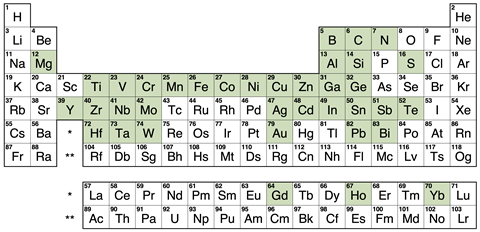
Feedback from schools has been incredibly positive, inspiring teachers and students alike. ‘I’ll get emails from the teachers, and they’ll say “I’ve got your kit, it’s fantastic … I haven’t shown the kids yet … I’m too busy running around the staffroom, showing the other teachers and the lab techs.” One of the great things is that it excites the teachers and the lab staff – the people at the front line – and if you keep them enthusiastic, then by proxy, you keep the kids enthusiastic.’
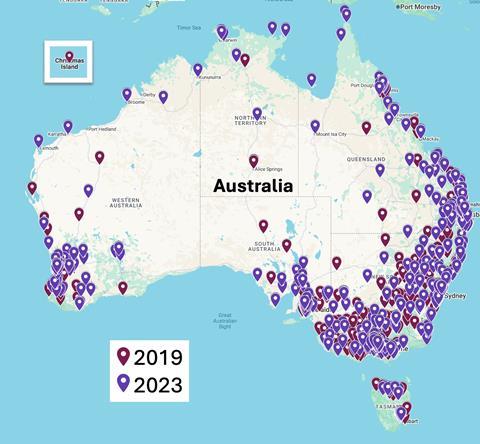
True to the project’s aims, under-resourced schools and those that are regional, rural or remote were prioritised in the distribution of Element Sets. Some of the feedback from people at these schools is treasured by Batten, including from a school in Queensland located 1700km from the nearest city, and from a small country school who reached out to say ‘Thank you for thinking of us and sending us a set, we love it, and we don’t get access to these things.’
Delivery of the sets also spawned creativity in their recipients. Just two examples are a laser cut display for the element samples designed by an Adelaide-based teacher (who also shared the file for others to use) and the high school students who worked out the value of each element sample so that they could be used as poker chips.
Six years after the International Year of the Periodic Table, the Element Sets live on in Australian schools, as intended by Batten.
‘I think of it very much in terms of a kind of a meat and three veg kind of outreach, as opposed to a quick sugar hit that gives you a big high, but then dissipates away; this is more a slow-release sort of thing,’ he says. ‘Outreach shouldn’t just be one model … some kids respond to whizzes and bangs, and that gets them interested, whereas other kids like things to look at in their own time. So, I think this was a great way to get a lot of people within the school engaged with outreach without having to be at a specific event at a specific time.’





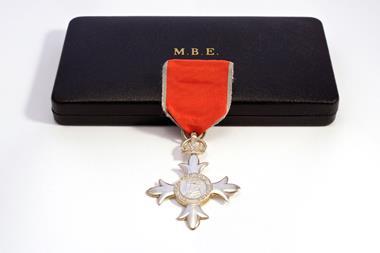
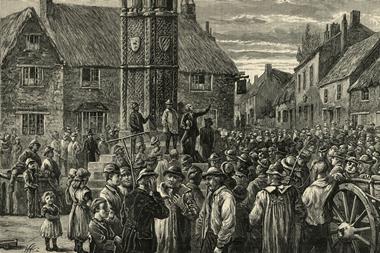
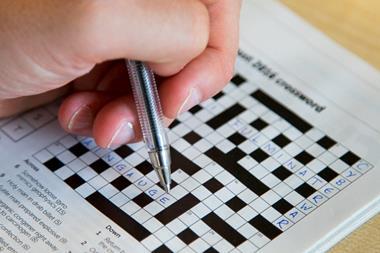

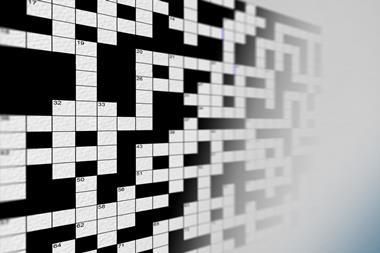
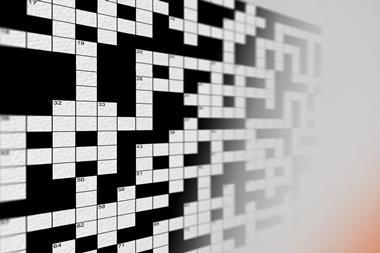

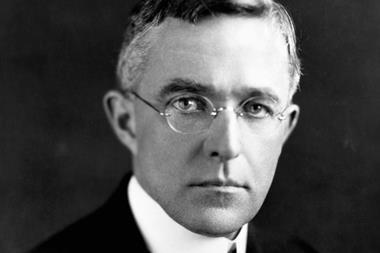


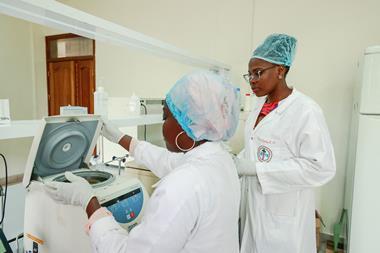
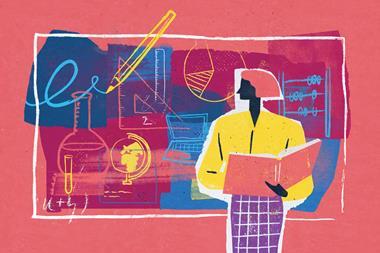
No comments yet